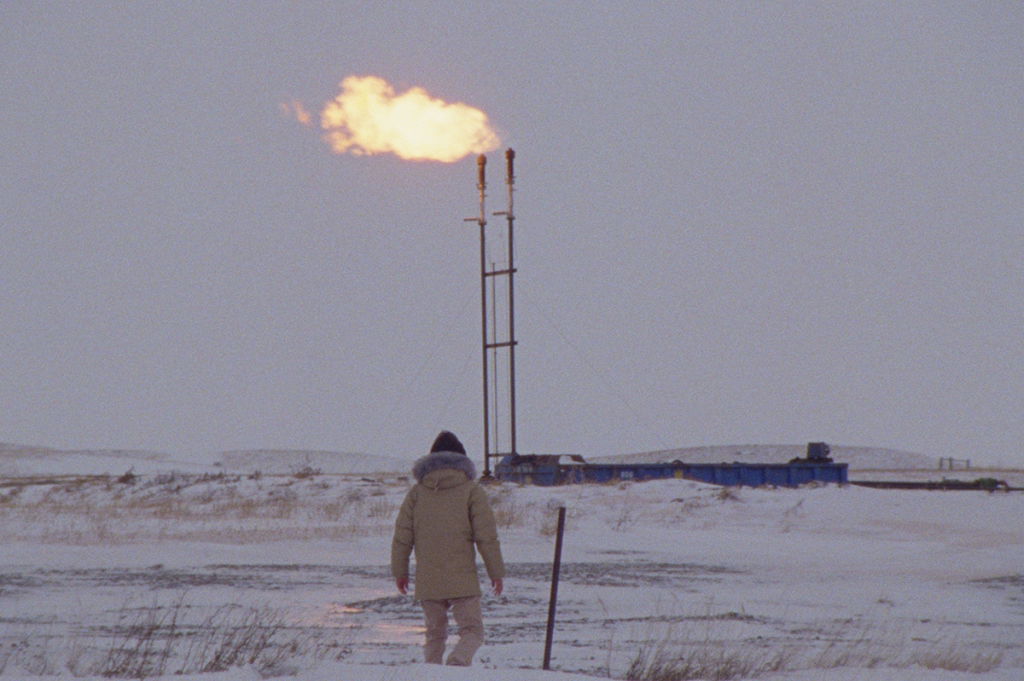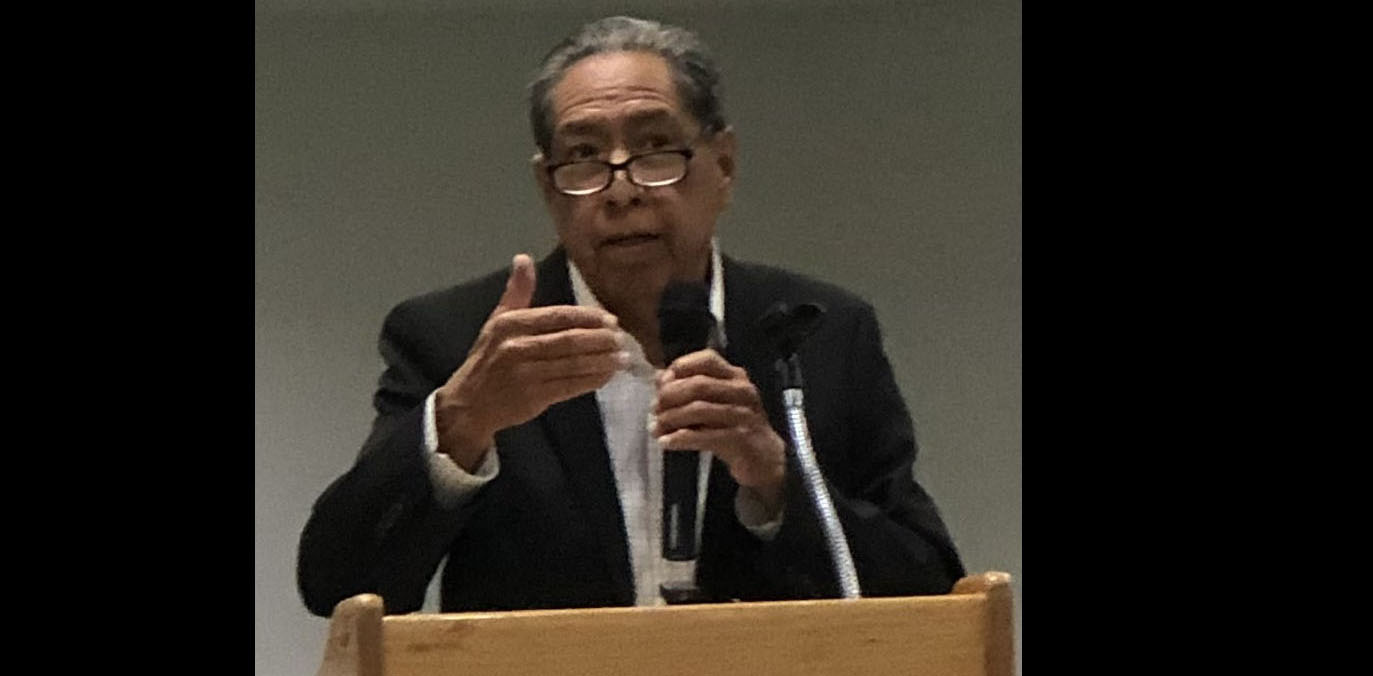How to Blow Up a Pipeline begins with a land acknowledgement.
For those unfamiliar, this is a lengthy paragraph — often found at progressive meetings or on classroom syllabi — stating that the land upon which an activity is occurring was never formally ceded by the Native American tribe to which it once “belonged.” (Never mind that firstly many Native concepts of land management didn’t track what twenty-first-century Westerners mean by “ownership” and secondly the individuals making such acknowledgements clearly have no intention of actually returning the land they supposedly illicitly occupy.) Here, the film features not one, but two title cards informing the viewer that the film they are about to see was shot on un-ceded Native territory.
This turns out to be a rather striking metaphor for the film: How to Blow Up a Pipeline, directed by Daniel Goldhaber, is so caught up in its own sense of righteousness that it repeatedly undercuts its own best cinematic instincts.
The premise is as straightforward as its title: a motley crew of young activists, led by steely-eyed Xochitl, sets out to sabotage an oil pipeline in Texas in an effort to cripple the American petrostate. They come from all around the country — from a Native reservation on North Dakota, from the streets of Portland, from a decaying refinery town — and each brings a unique set of criminal skills, from trespassing to explosives.
From a certain point of view: yes, this is basically an apologetic for ecoterrorism, inspired by Andreas Malm’s 2021 book of the same name. The FBI itself said as much, issuing a warning to law enforcement agencies that the movie “has potential to inspire threat actors to target oil and gas infrastructure with explosives or other destructive devices.” But, credit where it’s due: when Pipeline kicks into gear, it’s undeniably exciting, playing out like a well-crafted heist movie. Like any good crime thriller, it’s filled with mayhem, bad decisions and plans going terribly awry.
This momentum, though, is sometimes hamstrung by the film’s choppy narrative structure: as events unfold, we get quick flashback glimpses into the activists’ personal histories and the events that radicalized them.
Most memorably, there’s Dwayne, who could have been the film’s most interesting character. He’s clearly MAGA-coded, with his pickup truck, appreciation for country music and willingness to say grace at the kitchen table. And he turns out to be an angry libertarian outraged by the government’s use of eminent domain to kick him off his land and build the pipeline.
The caricature is as lazy as it sounds: Dwayne is clearly a progressive writer’s idea of the sort of right-winger who might fall in with a cadre like Xochitl’s, rather than an interesting character in his own right. (In real life, nobody like Dwayne would be caught dead hanging out with Portland-area anarchists.) Why not just give him ecological grievances of his own? Why can’t he, too, be angry at the destruction of the rural, natural world in which he’s spent most of his life?
As far as “eco-dramas” go, Paul Schrader’s 2019 First Reformed worked because it gave real depth to its character motivations, exploring how a disillusioned priest might slip into climate apocalypticism. That level of reflection is absent here, and more’s the pity: a character as distinctive as Dwayne cries out for a better arc.
That’s not the only point where a more interesting, complicated movie seems to be straining to get out from inside this one. In a tense moment at the film’s climax, one of the activists confronts Xochitl over the path she’s chosen. By attacking key infrastructure, isn’t she possibly harming the vulnerable? Isn’t she claiming power over other people’s lives? Xochitl, with fierce assurance, has a simple rebuttal: better that I have that power than those currently in charge. It’s a pitch-perfect scene, one that exposes the uncomfortable questions at the film’s heart. What if those who want to “burn everything down” simply want to remake the world in their own image? Perhaps it wasn’t intended to tease that thought — How to Blow Up a Pipeline is otherwise a pretty hagiographic tale — but it does nonetheless.
If Pipeline gives any of its viewers certain ideas, hopefully they’ll be questions like those. At least, one can hope.





















